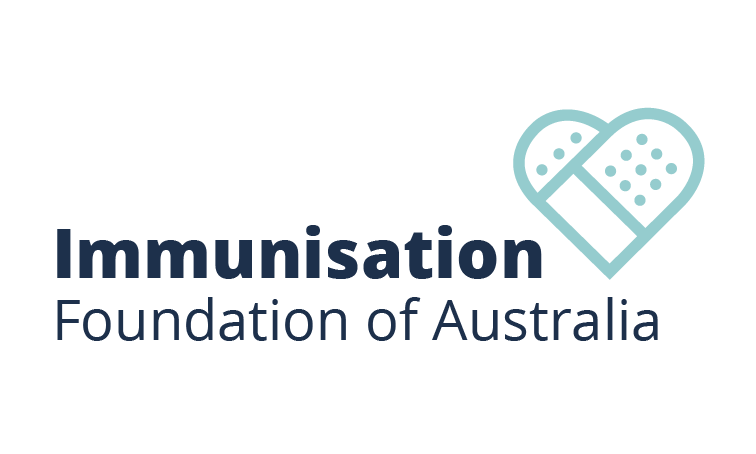JN.1 has been driving infections around the world
A new “curve ball” sub-variant of Coronavirus sweeping the globe has now become the dominant strain in Perth, the latest wastewater sampling data has revealed.
On Christmas Eve, JN.1 accounted for 44 per cent of the virus detected in Perth’s wastewater samples.
JN.1 has been driving infections around the world and has caught the attention of COVID experts because of the high number of mutations in its spike protein.
This time last month, the latest wave of infections in WA, fuelled by the EG.5 sub-strain, appeared to be receding. But that has reversed, with JN.1 spreading rapidly.
The seven-day average of hospitalised COVID cases in WA increased from 162 to 180 in the final week of 2023.
New hospital admissions related to COVID fell slightly from 54 last week to 47, but direct intensive care unit admissions increased with five people requiring such care.
There have been outbreaks at aged care homes in the week up to January 4.
Hopes of a COVID-less Christmas dashed as hospital numbers increase in WA
The biggest was at Juniper Chrystal Halliday home in Karrinyup, where 60 residents and 31 staff were infected. At Regis Port Coogie, 59 residents and 26 staff were infected, according to figures released by the Federal Government.
Australian Medical Association (WA) President Michael Page said it was clear that “we’ve still got heaps of COVID around in the community.”
“You can probably catch COVID mere weeks after you’ve had a previous COVID infection. There are probably people in the current wave who’ve been infected more than once,” he said.
“There’s complacency in the community. This JN.1 variant is clearly very infectious. The fact it’s so quickly becoming the dominant strain worldwide, including now in Perth, indicates just how infectious it is.
“Hopefully, it’s not any more dangerous, but of course, if it’s spreading quickly and more people are getting it, then more people will get sick.
“We do think that the (new) monovalent vaccines (which became available last month) should still provide better protection against these new strains than the original vaccines. There’s still a message for people to make sure that they’re up to date with their vaccines.”
Scientists claim JN.1 represented a serious evolution of the virus and had come out of “left-field”.
“Now in its fifth year, SARS-CoV-2 has once again proved to be highly resilient, capable of reinventing itself to infect us,” said one of the world top experts, Professor Eric Topol.
Australian Medical Association (WA) President Michael Page said it was clear that ‘we’ve still got heaps of COVID around in the community.’ No
“Yet we continue to make-believe the pandemic is over.”
The professor of molecular medicine said JN.1 would “undoubtedly lead to more people suffering from long COVID.”
On Friday, the US Centres for Disease Control and Prevention said JN.1 accounted for about 62 per cent of cases in America. COVID hospitalisations there increased 20.4 per cent in the week ending December 30.
Professor Topol said JN.1 had caught health authorities in America on the hop.
“Only recently have some re-instated mask mandates for healthcare workers and patients. Little has been done across the country to improve indoor air quality, upgrading filtration and ventilation,” he told The Los Angeles Times this week.
“The state of denialism and general refusal to take simple steps to reduce the risk of infection can be seen everywhere.”

